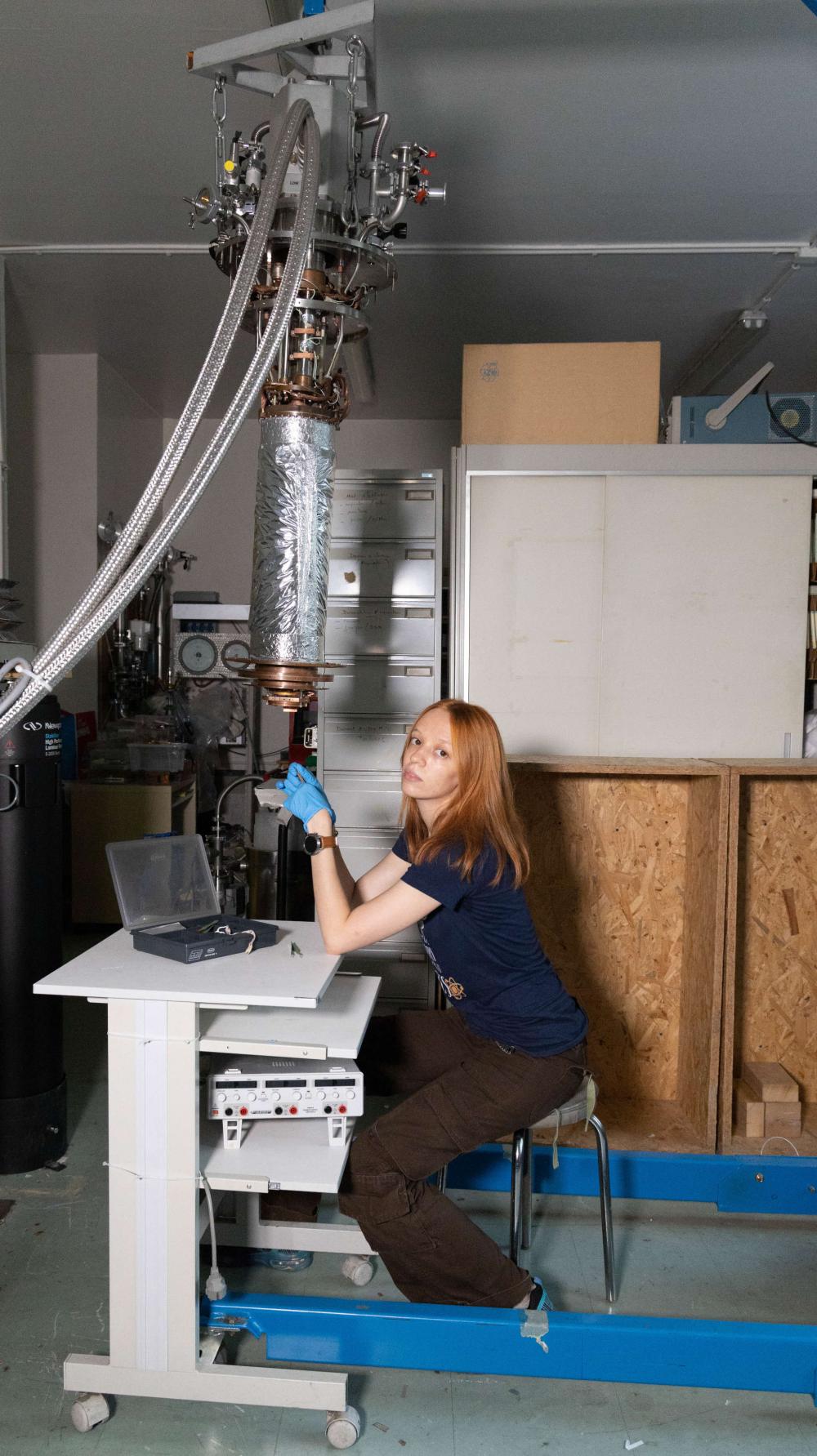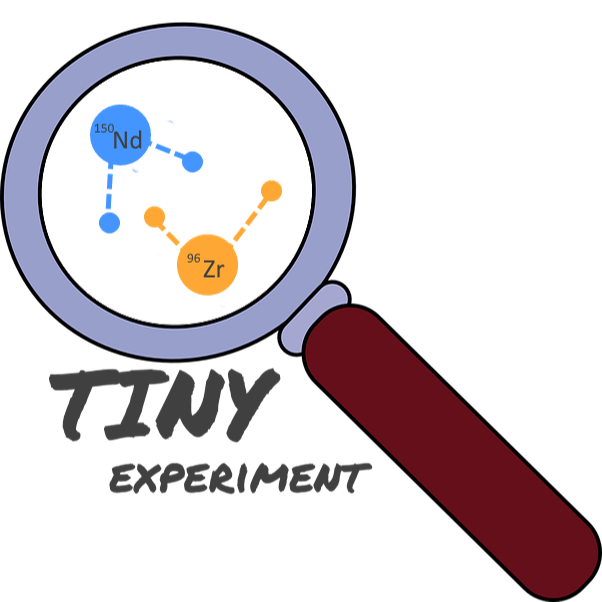The European Research Council has just announced the names of the winners of the Starting Grant. This 2022 edition rewards three CEA researchers for their work in the fields of neuroscience, particle physics and physics of matter. Anastasiia Zolotarova is the leader of the TINY (Two Isotopes for Neutrinoless double beta decaY search) project at IRFU. This project consists of developing high-resolution bolometric detectors to carry out an experiment aimed at finding the effects of new physics beyond the standard model of particle physics.
This research project will study the properties of neutrinos, which are known to be inconsistent with the predictions of the Standard Model. The oscillations of neutrinos have indeed confirmed that they have mass, while the standard model predicts that they are massless. Physicists are trying to challenge the standard model because there are still many questions and grey areas: why there is not as much antimatter as matter? Why is the neutrino a special particle compared to other matter particles such as its cousins the leptons and quarks?
Her research focuses on double beta decay without neutrino emission (0νββ), a radioactive decay forbidden by the standard model of particle physics that, if revealed, would lead to new physics.
In an attempt to discover it, researchers are measuring the energy spectrum of isotopes that can undergo such a decay and scan the high-energy component of the 2 emitted electrons (by double beta decay) to track down a possible excess of events that characterise a 0νββ signal.
The experimental difficulty of this type of measurement lies in the very large half-life predictions for the process and control of background noise that could be confused with a hypothetical 0νββ signal. Moreover, the existence of the 0νββ decay will have to be demonstrated for 2 different isotopes for exhaustive confirmation.
In this context, TINY will target two isotopes, 96Zr and 150Nd, which were out of focus before. Their physical properties give hope for a greater sensitivity to the 0νββ process than in the current experiments. This requires the development of new technologies to build high-energy resolution, particle-identifying bolometric detectors, that contain isotopes of interest. These detectors will be measured in the TINY pilot experiment that will be installed in an underground laboratory. This demonstrator at the scale of a few kg will allow to set the best world limits of the double beta decay without neutrino emission for 96Zr and 150Nd and demonstrate the applicability of such technology for ton-scale experiments.





